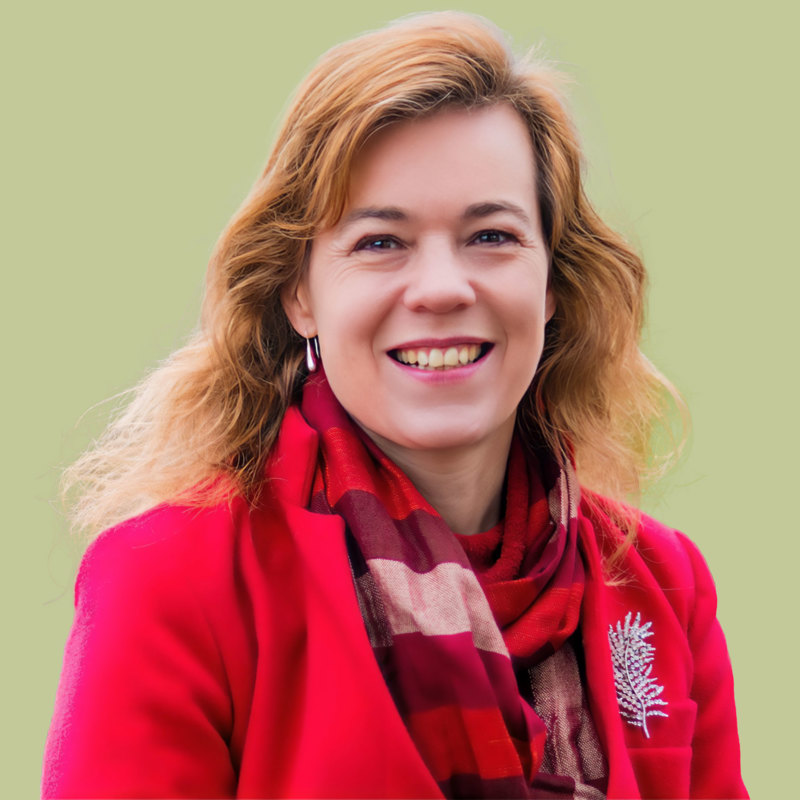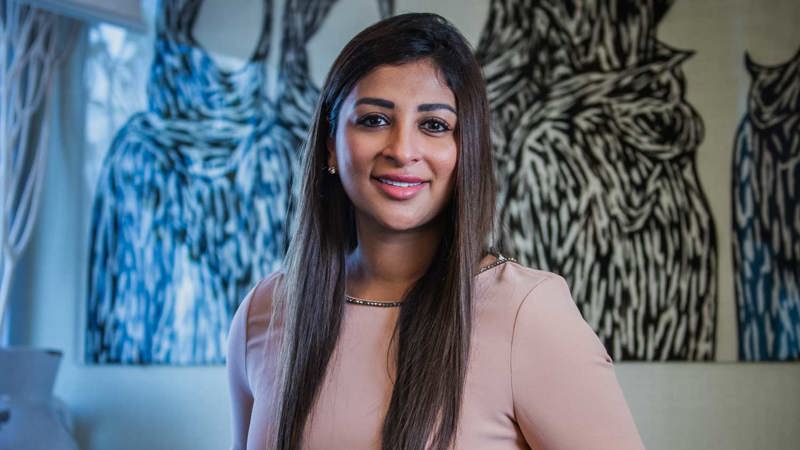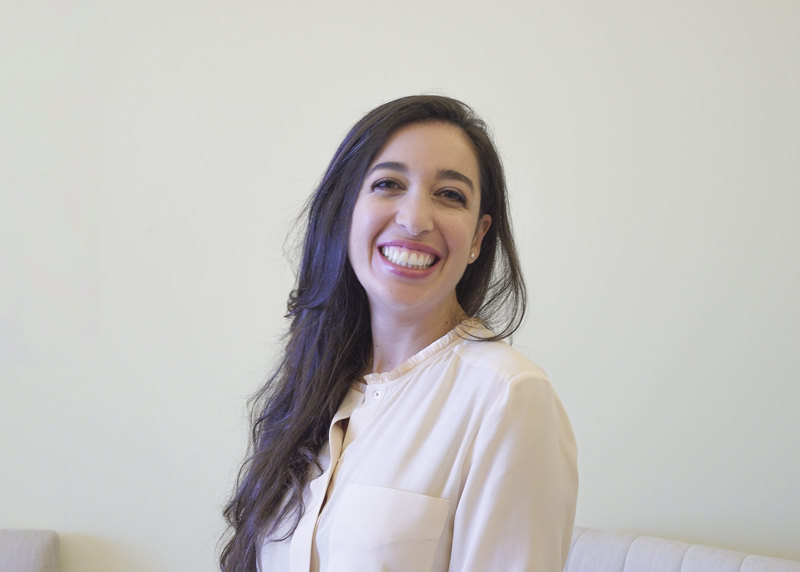Philanthropist Pam Scott on putting people at the heart of projects and why it’s ok to fail.
Human-Centered Design is about putting the people who are closest to a challenge at the heart of your creative process.
I’ve used this approach at The Curious Company (TCC) with commercial clients, such as Mini Cooper and Nike, but we’ve also found that it's really useful in the social sector. It’s how my team and I better understand how people experience a challenge so we can meet them where they are and come up with the best solutions.
It’s a four-step process. The first step is that you listen. This involves going out into communities to learn from those most proximate to a challenge to hear how they are affected and gain insight from their perspective. How do they experience a challenge versus this challenge? How do they talk about it? What are their aspirations around it? Why might they be resistant to the solutions that are available to them?
The next stage is to synthesise, to try to figure out what is it that we actually learnt. What are the themes and the insights, and most importantly, what are the opportunities this learning presents to us? How can we potentially have a different outcome and better serve the people who are affected?
Then the third step is to ideate. We generate lots of possible solutions. Some of them horrible. All of them in very rough form. And then we share the solutions back with the community and with the very people those ideas are intended to serve. And then we work to better them, a process that we repeat until we have an idea we think is ready for implementation.
And finally, we go out into the field and implement the idea. But this is by no means the end; we always remain curious and we're always looking for how to improve an idea, even after its full implementation.
![Pam IMG 4309[42]](/media/sghcm4ex/pam-img_4309-42.jpeg?width=1000)
"At the heart of human-centered design is optimism and believing that things can always get better, even when you’re in a dark place with things epically failing."
A hard truth that everybody needs to hear, is that if you’re going to be innovative, you will fail. And if you're not failing, you're not pushing the bounds. Failure is part of the process.
Most of the ideas that we come up are horrible, and we invite people in the community to be brutally honest with us, to tell us when our ideas are dumb, but also to suggest how we can make them better. And they do. In fact, I'm always blown away by the design skills of people from the community and how if you give people something to respond to, just how creatively brilliant they can be.
One of the core tenets of human-centered design is optimism and believing that things can always get better, even when you’re in a dark place with things epically failing.
A project we worked on in Tanzania faced some roadblocks, some big ones actually, and it was very disappointing. Had I not also been the funder, I think we would have just tried to make the design work. But, because I was the funder, I could say, let's use another tranche of money to go back in the field and ask questions of the people we didn't ask before. Let's be patient, let's be optimistic, and know that we can find a solution.
I'd much rather have to spend a little bit more money on R&D before we scale something, then scale something that really hasn't proven to be successful.
Case Study: reducing teen pregnancies in Tanzania
In 2014, Pam and her husband, Tim Koogle, made a US$1m donation to PSI, a US-based nonprofit using market-led solutions to solve complex global health challenges. PSI wanted to find a way to reduce the rate of unintended teen pregnancy in Tanzania by promoting an injectable form of long-action contraception and they asked to use this money – and Pam’s design thinking – to deliver this project.
THE CHALLENGE: In Tanzania, many young women struggle to gain access to accurate information related to their sexual reproductive health. Making matters worse, healthcare providers often deny young, unmarried women their legal right to contraception.
THE APPROACH: Working in partnership with PSI, a nonprofit applying market solutions to solve complex global health challenges, TCC conducted interviews with girls, parents, friends, health professionals and other influencers to understand the myths, misperceptions, and traditions around sexuality. It then designed culturally responsive solutions that were tested and iterated until they made it easier for parents to allow girls to learn about their bodies and for girls to have access to contraception.
THE SOLUTION: TCC designed a two-pronged approach to address the specific needs and concerns of parents and youth. The two-generation approach proved so successful that it became foundational to what is now known as PSI's Adolescent360 (A360) initiative.
About the writer
Pam Scott is the founder of The Curious Company, a strategy and design studio pioneering human-centred design for both commercial and nonprofit clients. She has served as a founding member of Maverick Collective, a member of the global board of directors of PSI and a founding board member of IDEO.org. Currently, she is head of the advisory board of The Global Center for Gender Equality at Stanford University. Together she and her husband Tim Koogle, the founding CEO of Yahoo, run a family foundation.




